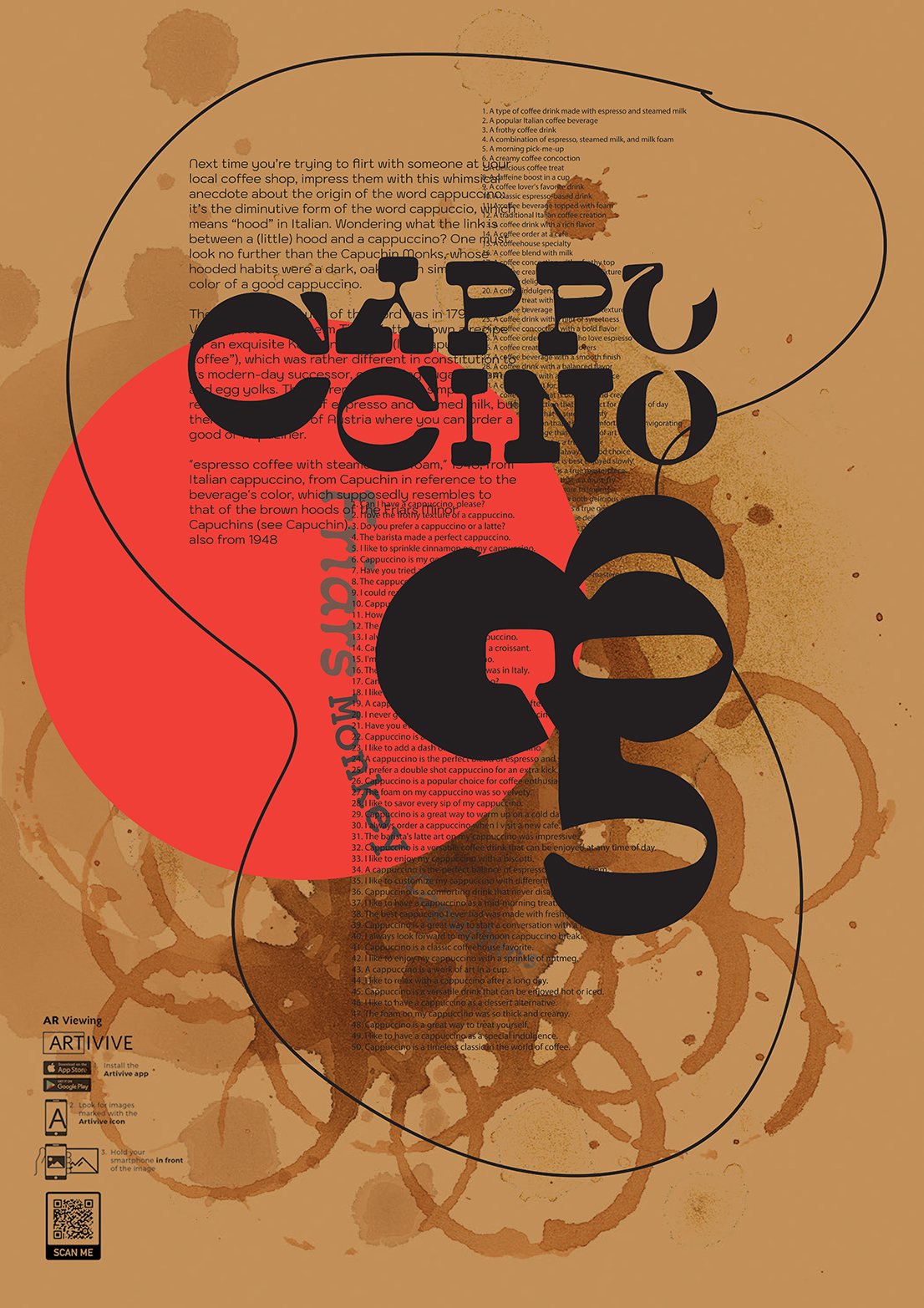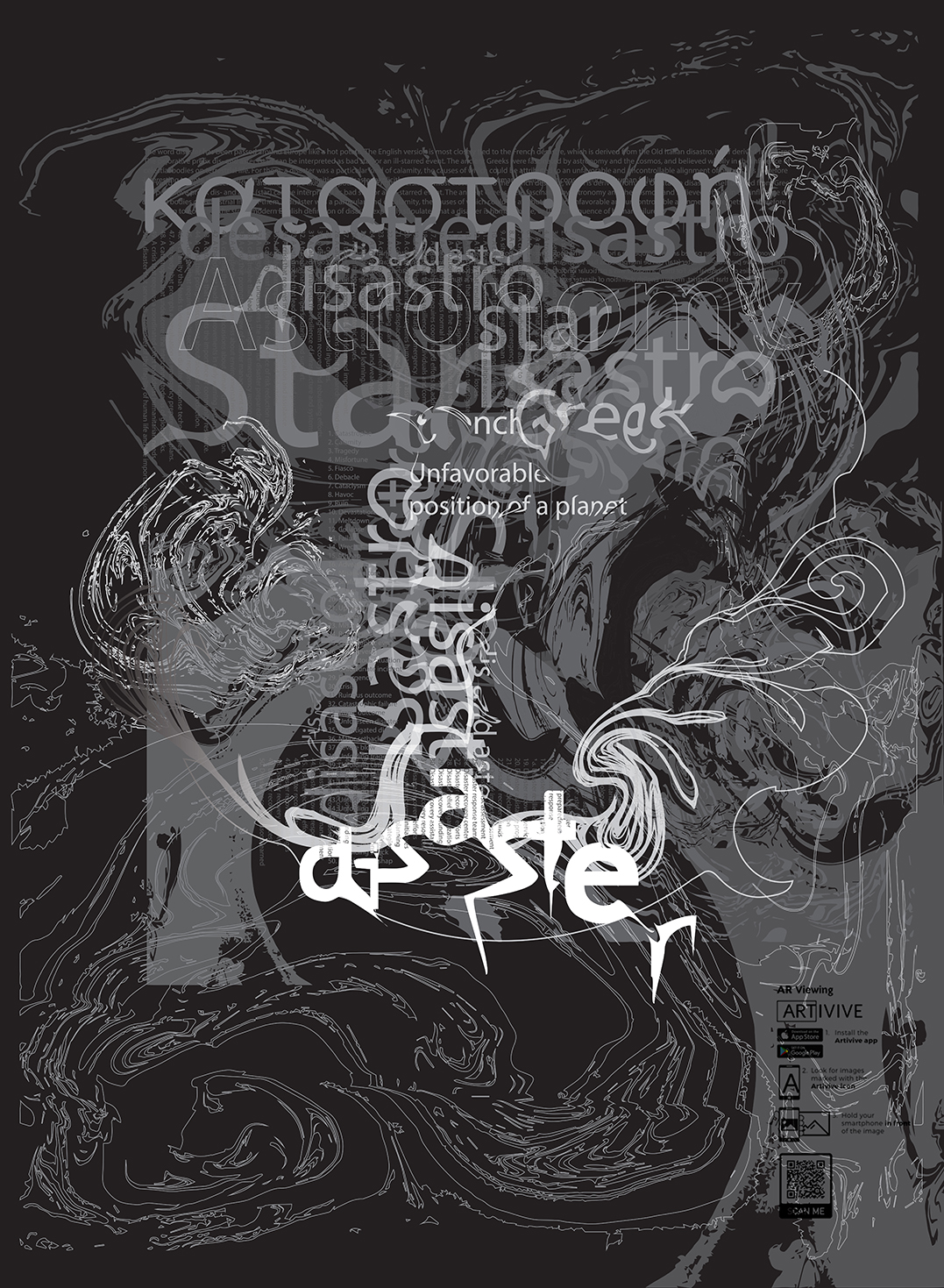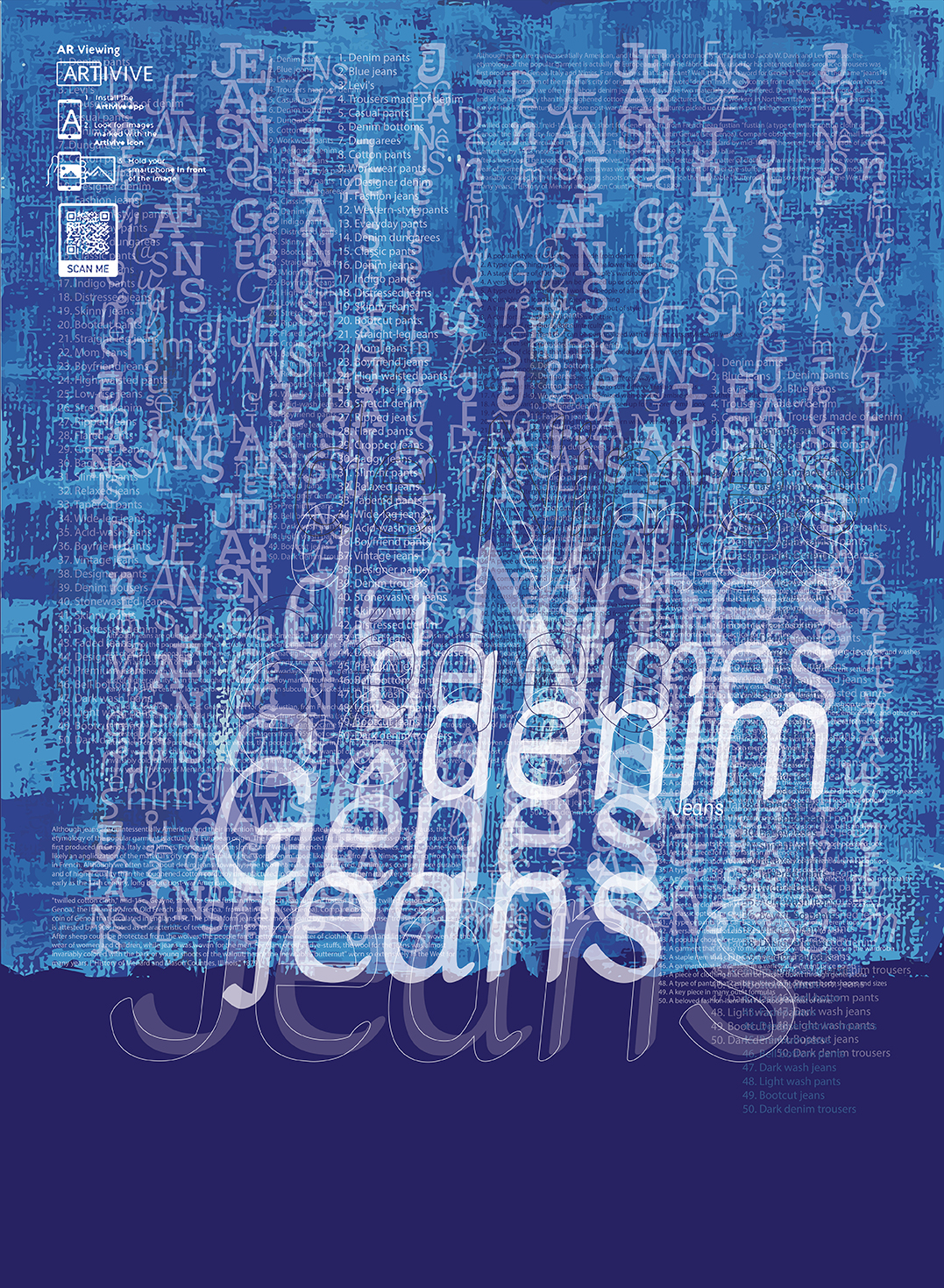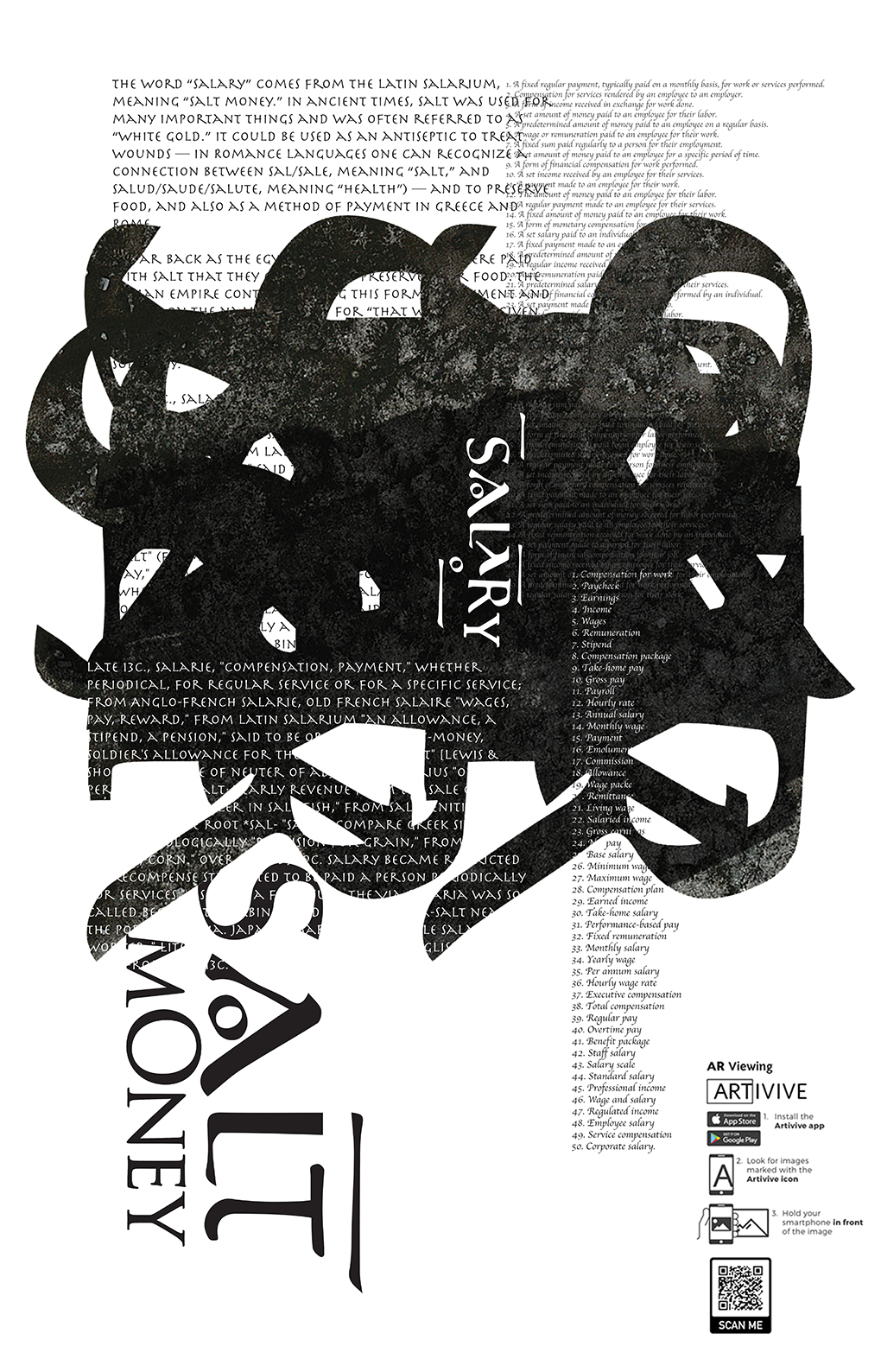
Dr. Dynaya Bhutipunthu and Asst. Prof. Dale Konstanz





Abstract :
The post-pandemic world has trained all of us to pay attention to details of our surroundings, to search for knowledge and to be able to use the unknown and the unfamiliar information to our advantage. According to Michael Porter and Victor Millar’s Harvard Business Review article, “How Information Gives You Competitive Advantage”, they mention that this detailed information can increase our competitive abilities and also help us to create new possibilities on top of what we are currently understanding and doing (Port, M, Millar, V., 1985). This detailed information can also create curiosity among audiences, which leads to boosting their engagement for learning as Diana Stirling addressed in the article “Motivation in Education” (Stirling, D., 2014). This can also be applied as part of the creation of educational aid materials.
As a result, the investigators of this project are applying this finding to develop content for design works focusing on the study of language, Etymology, for the review of familiar words with unknown origins to communicate to audiences that paying attention to details beyond what we are seeing can help us acquire more knowledge that will increase our competitive advantage. Attention to detail leads the investigators to search more into the unfamiliar words and select five common words with unfamiliar origins to work with: 1. Jeans, 2. Avocado, 3. Salary, 4. Disaster, and 5. Cappuccino (Gusano, C., 2023). These selected words are then transformed into the content of the design works, poster design layouts, bringing them and their origins to life using related design elements, various experimental painting and printing techniques, and AR application to create clips embedded in a series of posters to reveal the origin of the words.
Objectives :
To create a series of AR posters based on the study of the origins of words, Etymology, to communicate to audiences that paying attention to details beyond what we are seeing can help us acquire more knowledge and/or information that can assist us in increasing our competitive advantage.
Conceptual Framework :
Replying to the process of this study stated in Process/Methodology, the conceptual framework for this study as shown in Table 1: The Conceptual Framework of the study below covers the study of origin of words, Etymology, for five selected English terminologies; 1. Jeans, 2. Avocado, 3. Salary, 4. Disaster, and 5. Cappuccino. Two open AI platforms were used as tools; 1. DeepAI (https://deepai.org/ chat) and 2. ChatGPT (https://chataigpt.org/) to help generate descriptions, the way most people understand and use them, and related keywords associated with these words. The investigators then use other references; Online Etymology Dictionary (Etymonline, 2024), Harvard Library (Inter Libros, 2024), and Oxford Royale (Oxford-Royale, 2024) to search for secondary data relating to this terminology to cross-references as seen in Table 2: Samples of the process of cross-reference from AI tools and other references for keywords, content of the design below. Then the investigators analyze the findings, basing on “The Perception of Similarity, Difference and Opposition” research article by Ivana Bianchi and Roberto Burro (Bianchi, I., Burro, R., 2023) to identify similarities and differences and to summarize a set of keywords for each terminology to be the content of the design.
The investigators are also using a theoretical model created by Yifeng WENa, Ding-Bang LUHa, and Chi-Hua WUa, “A Theoretical Model of Similarity Judgment based on Ideas of Form and Spirit” addressed in the Design Research Society DRS Biennial Conference Series (Yifeng, W., Ding- Bang, L., Chi-Hua, W., 2020) to select forms as design elements that link to the selected words for poster design layouts usage. The search for other design elements; typography and color comes from the typography and design study, color, of the periods of the origins of words. The search for typography letterings design is based on the the history of typography timelines from these resources; A Visual History of Typefaces and Graphic Styles 1628-1938 (De Jong, C., Tholenaar, J., Purvis, A., 2017), Meggs’ History of Graphic Design (Meggs, P., Purvis, A., 2016), and 60 Years of Typography; A sampling of work and commentary (Communication Arts Magazine, 2023).
In Figure 1: Design elements, typography, and sketches for poster design series shown below demonstrate the process of creating design elements including typography letterings and illustrations. The process and investigators’ sketches when designing a series of posters and creating motion clips for AR viewing replying to the content of the selected words’ origins is shown in Figure 2: Storyboard sketches of the animated clips for AR displays below. Then, experimental painting and printing techniques are applied to the printed posters to create focal points and emphasis for the design and AR clips markers as seen in Figure 3: Printing and Printmaking techniques below. Finalizing the designs to draw conclusions and giving suggestions for future studies, is the last step in the making process of this project.
Process / Methodology :
The process/methodology of this project that leads to the conceptual framework structure covers; 1) Literature Review which includes the topics of; 1.1) Etymology — the study of the origin of words and the way in which their meanings have changed throughout history — to select and apply the selections as the content of the poster design series, 1.2) The use of AR (Augmented Reality) technology, which help combine different disciplines together; typography, motion, 3D, and experiential design, 1.3) The use of AI as a tool for terminologies description generations and other resources for cross-references, and 1.4) The study of design elements; typography, color, illustration from the period of the words’ origins.
2) The review of Best Practice projects of selected AR poster designs, the review takes information from the Communication Arts magazine (Commarts, 2024) focusing on best practice projects of AR poster design include these projects; 2.1) “Printworks London AR posters” created by Briton Smith in 2019 that used bold black & white 3D typography integrated with AR technology to give audiences a new immersive experience (Smith, B., 2019), 2.2) “An AR type specimen for Aguas font” designed by Beatriz Lozano also in 2019 where the typography was floating off the pages, swirling above the Risograph showcasing the font in different perspectives (Lozano, B., 2019), and 2.3) “Chroma AR” a web-based AR tool that bring a 2,500-year-old sphinx to live, up close and personal to an ancient sculpture in color AR exhibition designed by Bluecadet for The Metropolitan Museum of Art (The Met) in New York in 2023 (Bluecadet, 2023).
3) The review of secondary data is the third step of the process, collecting from the Online Etymology Dictionary (Etymonline, 2024), Harvard Library (Inter Libros, 2024), and Oxford Royale (Oxford-Royale, 2024) for the descriptions of selected words (1.1) to cross-reference with what the investigators’ findings from AI tools usage (1.3) and for applying the results to the development of design elements. The fourth step covers, 4) The design process for poster design including the use of identified design elements, printmaking technique, and AR technology to create a series of motion clips for the posters. The fifth step is to, 5) Testing of the AR technology and clips. And the last step is, 6) Conclusion and suggestion from the entire process.
Techniques and Materials :
The selected words, their origins, the design elements, and printing techniques in the posters’ design layouts is described here with the selected words and their origins, Etymology, mentioned in the design process and the conceptual framework above covers five words; 1. Jeans, 2. Avocado, 3. Salary, 4. Disaster, and 5. Cappuccino. Their origins are as follows; 1. Jeans, the word has the Italian origin first introduced by Jacob W. Davis and Levi Strauss as the European origin. The first mass-produced trousers were in Genoa, Italy and Nimes, France. The term “Jeans” is likely an anglicization of the material’s city of origin, Genoa is Gênes in France and the term “denim” is also associated with de Nimes, meaning “from Nimes” in French as well. In the 17th century, American subcultures picked up on “Jeans” and “Denim” as a fashion accessory from then to now (Gusano, C., 2023). The design element of the Jeans’ poster layout includes the denim jeans’ hand-painted texture and colors, and lettering from the combination of 17th century American typefaces and an Italian one.
2. Avocado, Spanish is the word’s origin coming from the term “Nahuatl ahuacatl” meaning testicle due to a similarity of shape / form and how it hangs from the trees. “Nahuatl” is the language of the Aztecs spoken by Mexican natives in parts of Central America and borrowed by the English language to use along with the word “guacamole” (Etymonline, 2024). The design element of the Avocado poster layout covers the shape / form of the interpretation of “Avocado” including colors, texture created with acrylic paint and gel mediums, along with typography.
3. Salary, the origin of the word comes from the Latin salarium, meaning “salt money” which is used in the ancient Greek / Roman periods connecting to the terms sal / sale which mean “salt” used to preserve food and also as a method of payment at the time (Gusano, C., 2023). The design element of the Salary poster layout includes classical Greek / Roman typefaces with black & white colors applied by using sea salt that has been dropped into watercolor to create texture.
4. Disaster, the word’s origin is Italian / Greek, the word is very close in French’s term “désastre” which is derived from the Old Italian “disastro.” For the ancient Greeks (astronomy and the cosmos), a disaster was a particular kind of calamity attributed to an unfavorable and uncontrollable alignment of planets (stars), however, in modern English definition of disaster, the meaning is human-made, or the consequence of human failure (Etymonline, 2024). The design element of the Disaster poster layout covers the Greek’s letterings, black & midnight blue for sky with stars which are represented by the texture of lines created by the traditional marbling technique using ink and water on paper.
5. Cappuccino, the word’s origin is Italian coming from the word “cappuccio” meaning “hood” of Capuchin Monks in 16th century Italy whose hooded habits are dark oak brown similar to the color of the coffee, cappuccino. In English, “Capuchins” relates to a women’s cloak with a hood, as well as a monkey with a ruff of fur on its neck that looks like the friar’s hood (Oxford Royale, 2024). The design element of the Cappuccino poster layout includes Italian lettering arranged in the form of a cup of coffee, line drawings, red, black, and brown colors created from the coffee painting and printing technique.
Result / Conclusion :
In addition to the usage of words that have hidden origins in the poster, as viewers engage with the work, they will discover more detailed information, including phrases and synonyms related to each word, as well as a variety of textures and subtle surfaces applied in the application of the mediums. Additional details in the posters will be revealed as viewers experience the work through the use of AR.
Today, with the appearance of AI and the accessibility of information, the overload of facts and figures may cause some to ignore or overlook the details. Yet as was previously discussed, the cognizance of information is useful and can give us a competitive edge. It is also possible for AI to be utilized to enhance our knowledge rather than replace our understanding of detailed information. In our series of posters based on detailed information, we aim for the viewer to come to the realization that detailed information is of importance and can add to our understanding of the world around us on a deeper level.
References :
- Adobe Fonts. (2024). Adobe Fonts. Retrived March 22, 2024 from: https://fonts.adobe.com/.
- Bianchi, I., Burro, R. (2023). The Perception of Similarity, Difference and Opposition. Journal of Intelligence 11(9):172: August 2023 DOI:10.3390/jintelligence 11090172.
- Bluecadet. (2023). Chroma AR. The Metropolitan Museum of Art, New York. Retrieved March 22, 2024 from: https://www.bluecadet.com/work/chroma-ar/.
- Communication Arts Magazine. (2023). 60 Years of Typography; A sampling of work and commentary by some of the type aficionados who have been featured in the pages of Communication Arts. Retrieved March 22, 2024 from: https://www.commarts.com/features/60-years-of-typography
- De Jong, C., Tholenaar, J., Purvis, A. (2017). A Visual History of Typefaces and Graphic Styles 1628-1938; Multilingual Edition. Taschen America Llc; CA, USA. ISBN-10: 3836565889.
- Etymonline. (2024). Online Etymology Dictionary. Retrieved March 22, 2024 from: https://www.etymonline.com/ word/salary.
- Gusano, C. (2023). An Introduction To Etymology: Eight Great Word Origins. Babbel Magazine, June 27, 2023. Retrieved March 22, 2024 from: https://www. babbel.com/en/magazine /an-introduction-to-etymology-eight-great-word-origins.
- Harvard Library. (2024). Inter Libros. Harvard University Library. Retrieved March 22, 2024 from: https://guides.library.harvard.edu/interlibros/classics_etymology.
- Lozano, B. (2019). An AR type specimen for my font Aguas, where the words float off the page and swirl above a Risograph. Communication Arts Magazine. Retrieved March 22, 2024 from: https://www.commarts.com/ project/36243/aguas-ar-poster.
- Meggs, P., Purvis, A. (2016). Meggs’ History of Graphic Design, 6th Edition. Wiley; CA, USA. ISBN-10: 1118772059.
- Oxford Royale. (2024). 14-fascinating word origins english language. Oxford University. Retrieved March 22, 2024 from: https://www.oxford-royale.com/ articles/14-fascinating-word-origins-english-language/.
- Porter, M., Millar, V. (1985). How Information Gives You Competitive Advantage. Harvard Business Review, July 1985. Retrieved March 22, 2024 from: https://hbr.org/ 1985/07/how-information-gives-you-competitive-advantage.
- Smith, B. (2019). Printworks London AR posters. Communication Arts Magazine. Retrieved March 22, 2024 from: https://www.commarts.com/ exhibit/printworks-ar-posters.
- Stirling, D. (2014). Motivation in Education. Learning Development Institute, May 31, 2014. Retrieved March 22, 2024 from: chrome-extension://efaidnbmnnnibpcajpc glclefindmkaj/https://www.learndev.org/dl/Stirling_MotEdu.pdf.
- WeNa, Ding-Bang, L., Chi-Hua, W. (2020). A Theoretical Model of Similarity Judgment based on Ideas of Form and Spirit. DRS Biennial Conference Series; DRS2020, Synergy. Design Research Society, DRS. doi: https://doi.org/10.21606/drs.2020.395.